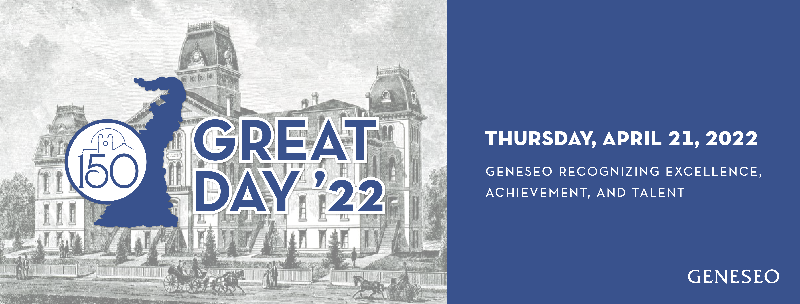
Submission Type
Poster
Start Date
4-21-2022
Abstract
Within the Great Lakes, Rust Belt cities such as Detroit, Michigan have begun a movement towards sustainability and urban resilience by increasing the amount of green infrastructure, which will improve equity standards across their urban landscapes. Detroit is a post-industrial city currently facing “numerous resilience challenges including a weak economic base, high poverty and vacancy rates, and aging infrastructure” (Meerow & Newell, 2017). Detroit can optimize its infrastructure to increase both green infrastructure and social equity, therefore increasing the city’s urban resilience for a sustainable future. Urban ecosystems are always evolving, however, if cities like those in the Rust Belt cannot evolve, their infrastructure becomes redundant, vacancies increase, economic activities decline, and social problems result from this cycle (Williams, 2021). Using spatial data, quantitative data, and qualitative data, I will uncover patterns of equity associated with green space and green infrastructure in Detroit. Spatial datasets include the Tree Equity Score from American Forests, Detroit neighborhood boundaries, and Detroit’s 2021 green stormwater infrastructure project locations. Qualitative data includes an in-depth literature review, recent news articles about stormwater infrastructure in Detroit, and Detroit’s first Climate Action Plan to analyze Detroit’s progress on green infrastructure and sustainability. Locating areas that are not equitably served with sustainable infrastructure will show where Detroit may need to direct their attention to combat inequalities related to sustainability initiatives.
Recommended Citation
Neubert, Gabrielle, "029 -- Improving Urban Resilience Through Green Infrastructure and Equity in the Rust Belt City of Detroit, Michigan" (2022). GREAT Day Posters. 6.
https://knightscholar.geneseo.edu/great-day-symposium/great-day-2022/posters-2022/6
029 -- Improving Urban Resilience Through Green Infrastructure and Equity in the Rust Belt City of Detroit, Michigan
Within the Great Lakes, Rust Belt cities such as Detroit, Michigan have begun a movement towards sustainability and urban resilience by increasing the amount of green infrastructure, which will improve equity standards across their urban landscapes. Detroit is a post-industrial city currently facing “numerous resilience challenges including a weak economic base, high poverty and vacancy rates, and aging infrastructure” (Meerow & Newell, 2017). Detroit can optimize its infrastructure to increase both green infrastructure and social equity, therefore increasing the city’s urban resilience for a sustainable future. Urban ecosystems are always evolving, however, if cities like those in the Rust Belt cannot evolve, their infrastructure becomes redundant, vacancies increase, economic activities decline, and social problems result from this cycle (Williams, 2021). Using spatial data, quantitative data, and qualitative data, I will uncover patterns of equity associated with green space and green infrastructure in Detroit. Spatial datasets include the Tree Equity Score from American Forests, Detroit neighborhood boundaries, and Detroit’s 2021 green stormwater infrastructure project locations. Qualitative data includes an in-depth literature review, recent news articles about stormwater infrastructure in Detroit, and Detroit’s first Climate Action Plan to analyze Detroit’s progress on green infrastructure and sustainability. Locating areas that are not equitably served with sustainable infrastructure will show where Detroit may need to direct their attention to combat inequalities related to sustainability initiatives.


Comments
Sponsored by Dr. Jennifer Rogalsky